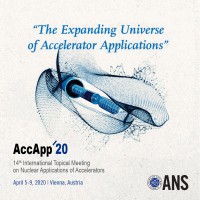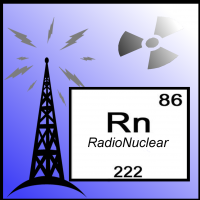The geologic repository for defense-related transuranic waste reached a milestone in 2019.
February 10, 2020, 7:38AMRadwaste SolutionsJef Lucchini, Robert Kehrman, and George Basabilvazo 
Participants to the 2017 Nuclear Criticality Safety Division topical meeting attended a tour of the WIPP facility, which marked its 20th anniversary this past year. Photos courtesy of WIPP
March 26, 2019, marked the 20th anniversary of the first shipment of transuranic (TRU) waste to the Waste -Isolation Pilot Plant (WIPP) facility in southeastern New Mexico. Celebrations of the 20-year mark of waste operations recognized the role of the WIPP facility in cleaning up legacy TRU waste from 22 generator sites nationwide.
The NWTRB offers findings and recommendations to the DOE on technical issues that need to be addressed in preparing for an integrated, nationwide program to transport nuclear waste.
The U.S. Nuclear Waste Technical Review Board (NWTRB or Board) recently completed an evaluation of Department of Energy activities related to transporting spent nuclear fuel (SNF) and high-level radioactive waste. These topics have been the subject of several Board meetings and associated reports, and in September 2019, the Board issued a report, Preparing for Nuclear Waste Transportation–Technical Issues That Need to Be Addressed in Preparing for a Nationwide Effort to Transport Spent Nuclear Fuel and High-Level Radioactive Waste [1], which focuses on the issues DOE will need to address to plan and implement an integrated transportation program. In its report, the Board describes 30 broad technical issues that DOE needs to address and offers three sets of findings and recommendations.




 Thank you for joining us for
Thank you for joining us for